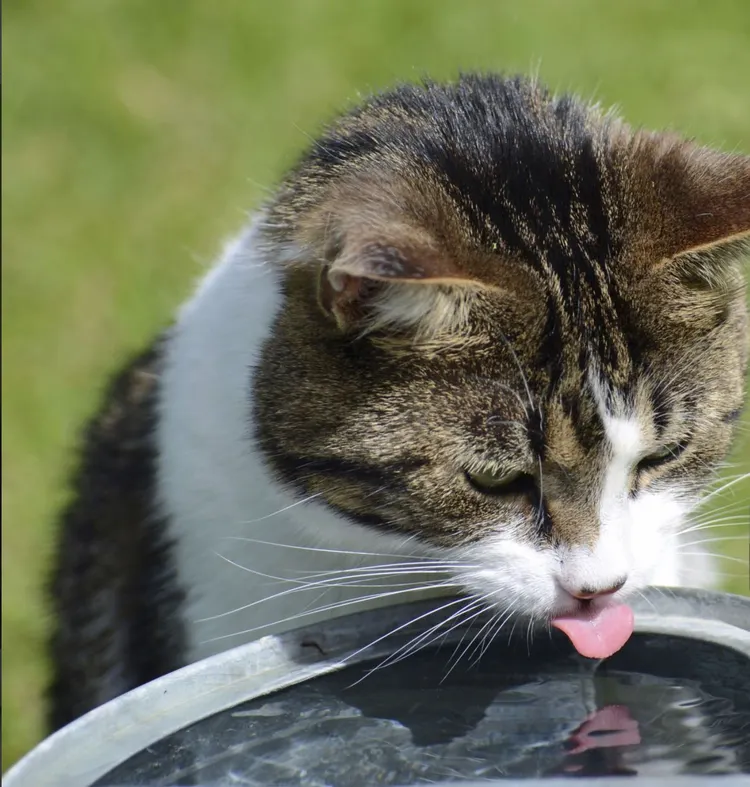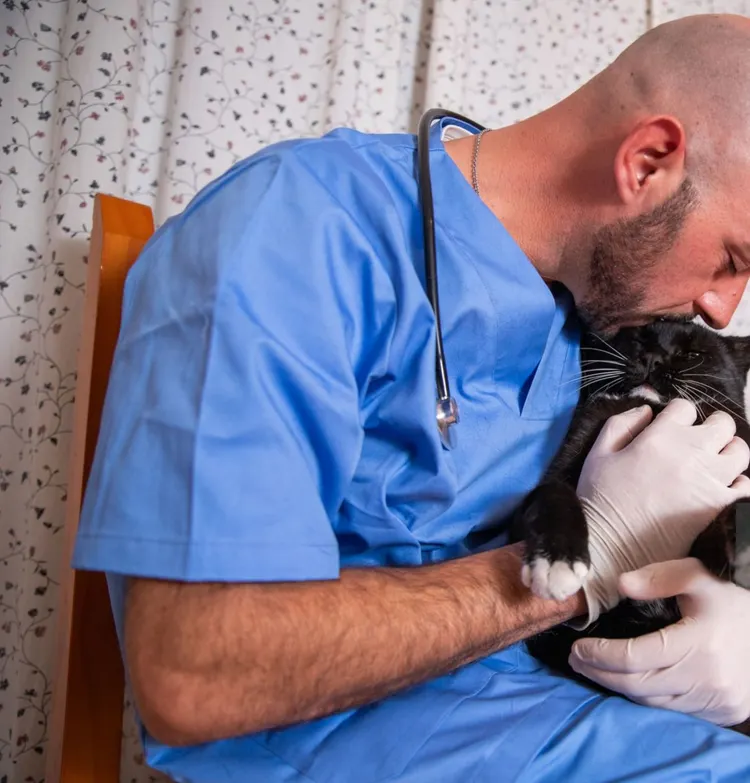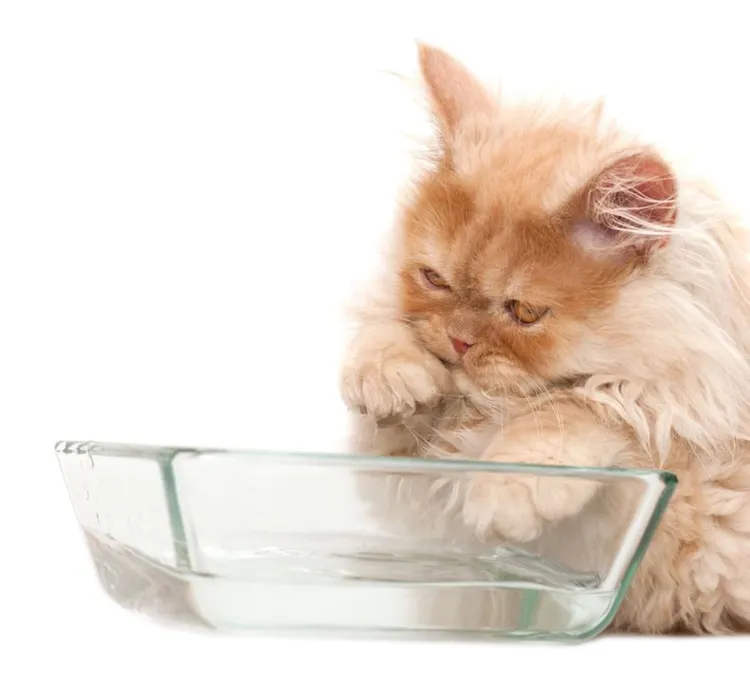Is your cat ignoring their water bowl like it’s just another piece of decorative furniture? You’re not alone—many cat owners struggle with this issue. Proper hydration is crucial to a cat’s health, but their natural behavior sometimes makes it challenging to ensure they’re drinking enough water. Fortunately, there are practical ways to encourage your feline to drink more, all while staying mindful of eco-friendly alternatives.
In this post, we’ll explore why water intake is essential for cats, potential reasons they may avoid drinking, and eco-conscious solutions that will help keep your cat hydrated.
Why Hydration Matters for Cats
Cats are notoriously known for being low water drinkers. Unlike dogs, they evolved from desert-dwelling ancestors who got most of their hydration from prey, meaning they have a lower natural drive to drink water. However, modern domesticated cats often rely on dry food, which can make adequate hydration critical.
Key Health Benefits of Proper Hydration:
- Kidney Function: Cats, especially those on dry food diets, are prone to kidney disease. Proper water intake helps flush out toxins and supports overall kidney health.
- Urinary Health: Cats that don’t drink enough water can develop urinary tract issues, such as urinary tract infections (UTIs) or urinary crystals, both of which can lead to serious health problems.
- Digestive Health: Water plays a crucial role in digestion, aiding in the breakdown of food and the prevention of constipation.
- General Wellness: Adequate hydration helps maintain a healthy coat, skin, and overall vitality.
A hydrated cat is more likely to stay active and maintain a higher quality of life, especially as they age.
Why Won’t My Cat Drink Water?
If your cat refuses to drink water, it can be due to several reasons, ranging from behavioral preferences to underlying health concerns. Understanding these reasons can help you address the issue more effectively.
1. Picky Behavior
Cats can be very particular about their water source. They may avoid drinking stagnant or warm water, preferring fresh, cool, or moving water instead. Some cats are even known to drink only from certain bowls, faucets, or other unexpected places.
2. Bowl Preference
The material or shape of the water bowl could affect your cat’s willingness to drink. Cats may dislike plastic bowls due to odors, or they might prefer wider or shallower bowls to avoid whisker stress (where their whiskers touch the sides).
3. Health Concerns
Cats suffering from dental pain, mouth ulcers, or other health issues may avoid drinking due to discomfort. If your cat suddenly stops drinking, a visit to the vet is essential to rule out any underlying problems.
4. Instinctual Behavior
In the wild, cats typically get moisture from prey, which is why some cats on a dry kibble diet may not feel the need to drink water. This instinct can make cats appear as though they aren’t interested in water, even though they still require hydration for optimal health.

Proven Solutions to Encourage Hydration
There are several simple and eco-friendly ways to encourage your cat to drink more water, helping you keep your pet healthy and hydrated.
1. Provide Fresh, Flowing Water
Cats are often attracted to the sound and movement of running water. One effective solution is to invest in an eco-friendly water fountain. Look for fountains made from sustainable materials like ceramic or stainless steel, which are more environmentally friendly than plastic and often more appealing to cats. Fountains with low-energy consumption are also a great choice to minimize your environmental impact.
2. Change the Water Bowl
Try offering different types of bowls to see what your cat prefers. Some cats dislike plastic bowls because they retain odors, while others might favor ceramic, stainless steel, or glass. Additionally, switching to a wider or shallower bowl could reduce whisker fatigue and make your cat more comfortable while drinking.
3. Place Bowls Strategically
The placement of the water bowl can make a big difference. Avoid putting water bowls near litter boxes or food bowls. Cats may not like drinking near their food due to potential contamination or odors. Try placing water bowls in various areas around the house and see where your cat drinks most comfortably.
4. Add Water to Their Food
One simple way to increase your cat’s water intake is by mixing water or broth (with no added salt) into their wet or dry food. Adding moisture to their food not only ensures better hydration but can also make meals more appealing. This is especially beneficial for cats on a dry food diet.
5. Eco-Friendly Ice Cubes
For cats who enjoy a bit of play, consider making eco-friendly ice cubes using tuna or chicken broth. Freezing these into small cubes can turn hydration into a fun activity. Many cats will be intrigued by the movement of the melting cube and be more inclined to lick or drink the resulting water.
6. Monitor with a Hydration Tracker
Investing in an eco-conscious pet hydration monitor can help track how much water your cat is consuming. These smart devices can detect early signs of dehydration, giving you peace of mind. Look for devices with low-energy usage or those made from sustainable materials.
When to See a Vet
If your cat refuses to drink water for over 24 hours or shows signs of dehydration, it’s crucial to seek veterinary care immediately. Dehydration symptoms may include:

- Lethargy
- Loss of appetite
- Dry mouth or gums
- Sunken eyes
- Vomiting or diarrhea
These symptoms can indicate a more serious health condition, such as kidney disease or a urinary tract blockage, which requires urgent attention.
Eco-Friendly Watering Solutions
As an eco-conscious pet owner, you’ll want to choose water solutions that align with your sustainability goals. Here are a few eco-friendly options to keep your cat hydrated while minimizing your environmental impact:
1. Sustainable Water Fountains
Opt for low-energy water fountains made from recyclable or biodegradable materials. Fountains with energy-efficient motors use less electricity, helping you reduce your home’s carbon footprint. Look for products that are easy to clean and designed to last, which cuts down on waste.
2. Reusable Water Bowls
Instead of plastic, which can harbor bacteria and odors, choose water bowls made from stainless steel, ceramic, or glass. These materials are more durable, and they don’t leach chemicals or microplastics into your cat’s water. Additionally, many brands now offer bowls made from recycled or sustainably sourced materials.
3. Reduce Water Waste
Be mindful of not wasting water while trying to keep it fresh for your pet. Instead of constantly emptying and refilling the water bowl, consider using water for other household tasks like watering plants when it needs to be changed. Fountains that filter and circulate water also help reduce water waste.
Conclusion
Keeping your cat hydrated is essential for their health and longevity, especially when it comes to preventing urinary or kidney problems. While many cats can be picky about drinking water, with the right strategies, you can encourage better hydration. Whether it’s using an eco-friendly water fountain, experimenting with different bowls, or adding water to their food, it’s all about finding what works for your individual cat.
And remember, as an eco-conscious pet owner, you have plenty of options to reduce your environmental impact while caring for your pet. By choosing sustainable water solutions and reducing waste, you can ensure that your cat stays hydrated while staying true to your values.



